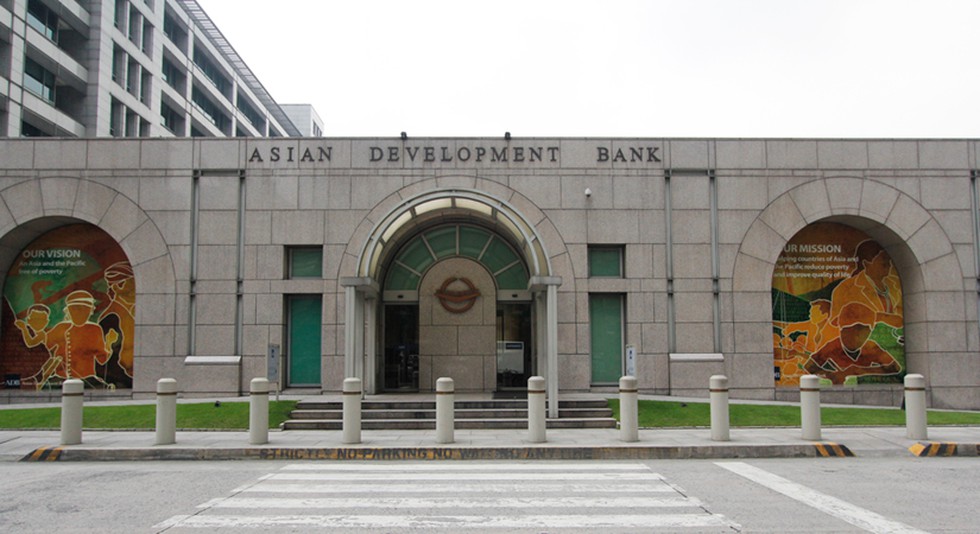About Asian Development Bank (ADB):
- It is a multilateral development bankestablished on 19th December 1966.
- It is the principal international development finance institution for the Asia-Pacific
- It envisions a prosperous, inclusive, resilient, and sustainable Asia and the Pacific while sustaining its efforts to eradicate extreme poverty in the region.
- Functions:
- It provides assistance to its developing member countries, the private sector, and public-private partnerships through grants, loans, technical assistance, and equity investments to promote social and economic development.
- ADB maximizes the development impact of its assistance by facilitating policy dialogues, providing advisory services, and mobilizing financial resources through cofinancing operations that tap official, commercial, and export credit sources.
- Headquarters: Manila, Philippines.
- Membership:
- Membership in the ADB is open to members and associate members of the United Nations Economic Commission for Asia and the Far East.
- It's also open to other regional countries and non-regional developed countries that are members of the U.N. or of any of its specialized agencies.
- From 31 members at its establishment in 1966, ADB has grown to encompass 68 members, of which 49 are from within Asia and the Pacific and 19 outside.
- Control:
- ADB is run by a board of governors, which represents the member countriesof the ADB.
- The ADB was modelled closely on the World Bankand has a similar weighted voting system where votes are distributed in proportion to members' capital subscriptions.
- As of 2022, ADB's five largest shareholders are Japan and the United States (each with 6% of total shares), the People's Republic of China (6.4%), India (6.3%), and Australia (5.8%).
- Source of Funding:
- It raises capital regularly through the international bond markets.
- The ADB also relies on member contributions, retained earnings from lending, and the repayment of loans for the funding of the organization.
